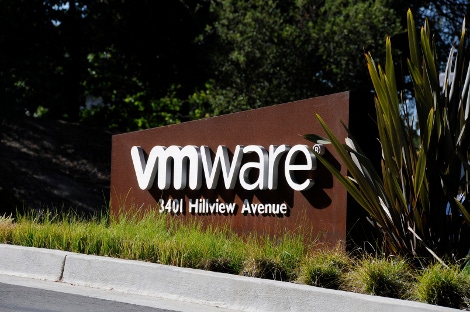VMware Ships New Software-Defined Data Center Tech, and Private OpenStack Cloud is Front and CenterVMware Ships New Software-Defined Data Center Tech, and Private OpenStack Cloud is Front and Center
Wants to enable all enterprise workloads to run on hybrid cloud infrastructure
September 16, 2015

Right off the heels of the VMworld 2015 conference at the start of the month VMware this week announced that the raft of products launched at the show are now generally available.
The updates stretch across the entire VMware data center stack. VMware Integrated OpenStack 2, VMware Site Recovery Manager 6.1, VMware Virtual SAN 6.1, VMware vRealize Log Insight 3, VMware vRealize Operations 6.1, and VMware vSphere APIs for IO Filtering are now shipping.
The most significant of those offerings is VMware Integrated OpenStack 2, which is based on the Kilo release of the open source cloud infrastructure framework. While in many ways the stack of technologies called OpenStack represents a potential threat to VMware, from a practical perspective it may be years before all the technologies included in that stack are mature enough to support every class of workload running in the data center.
More on VMware’s easy button for private OpenStack clouds here
In the meantime, by layering support for OpenStack APIs on top of VMware data center software, the company is making it possible for IT organizations to deploy cloud-native application workloads alongside more traditional enterprise applications – one example would be ERP – which OpenStack is not ready to support, Mark Chuang, senior director of product marketing and product management for VMware, said. As such, IT organizations that have invested in VMware management tools can extend the reach of the VMware management framework into realm of OpenStack on an as-needed basis.
Chuang said IT teams need to approach OpenStack as a modular framework that they can implement when and where they see fit. For example, the Neutron virtual networking layer does not have to be deployed in order to support applications looking to invoke an OpenStack API. Nor are they obliged to run KVM, the open source hypervisor used in most typical OpenStack clouds, said Chaung.
The key components of the VMware data center stack now available make it possible to implement disaster recovery across a virtual network using VMware vMotion software and protect data better using VMware Virtual SAN 6.1 software across multiple clusters. Via VMware vRealize Log Insight 3, VMware is bringing the number of logs that can be analyzed up to 15,000 messages per second, while VMware vRealize Operations makes it simpler to visually keep track of application workloads.
Finally, VMware vSphere APIs for IO Filtering extends replication and caching to third-party products from Asigra, EMC, Infinio, PrimaryIO, Samsung, SanDisk, and StorageCraft.
Put it all together, and VMware is steadily filling in all the components of a software-defined data center architecture that can span private and public clouds running any type of application workload, Chuang said. In some cases, IT organizations may want to make use of OpenStack APIs to invoke those workloads. But if they do, it shouldn’t prevent them from extending a proven IT management framework to manage those workloads alongside every other workload in the enterprise.
“Whether it is public or private, it’s still accessible by a software-defined architecture,” Chuang said. “All the resources can be defined in software.”
About the Author
You May Also Like







